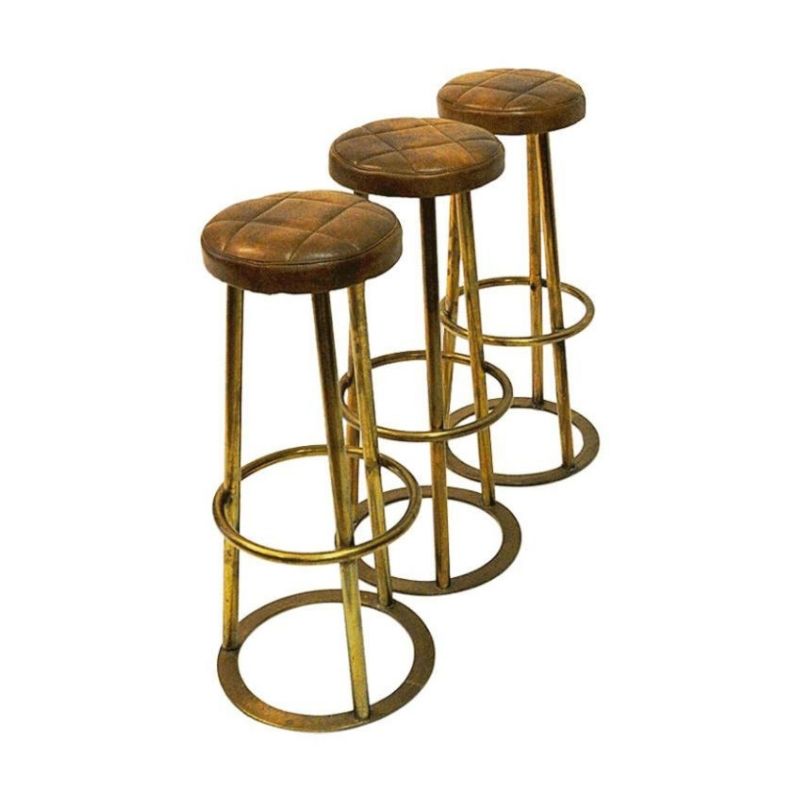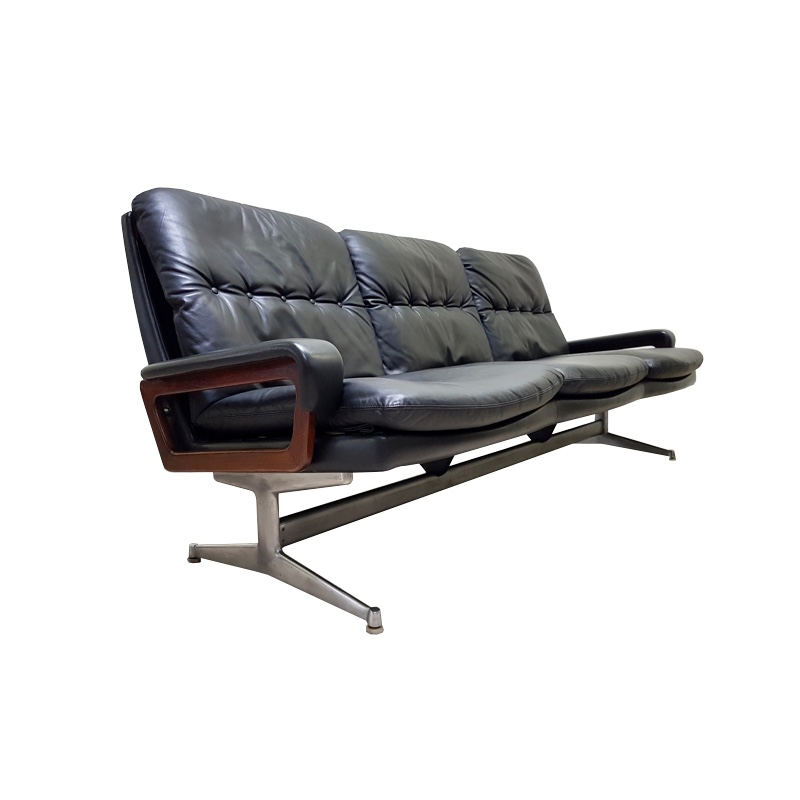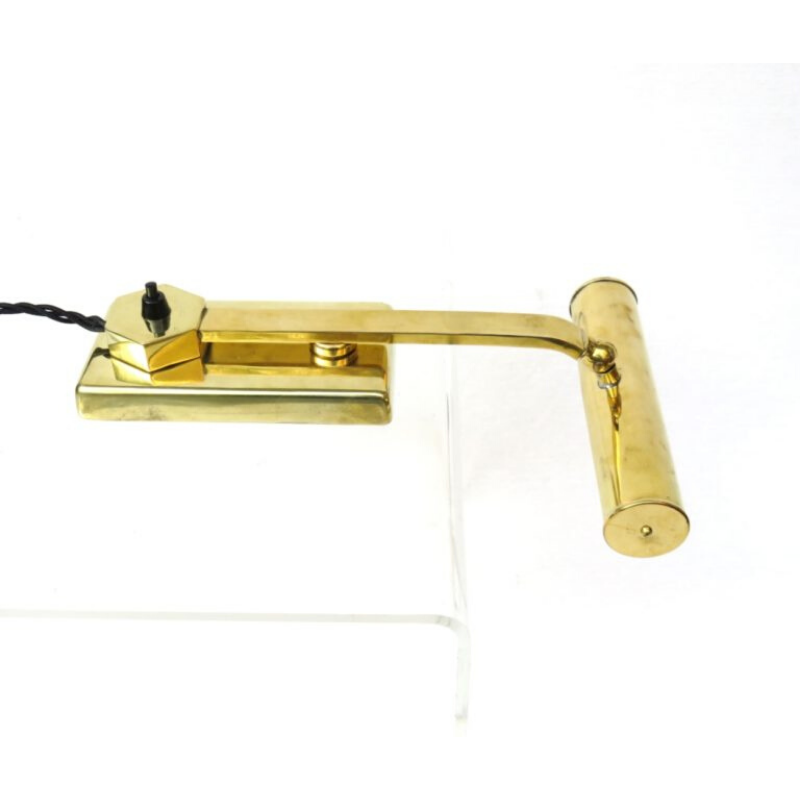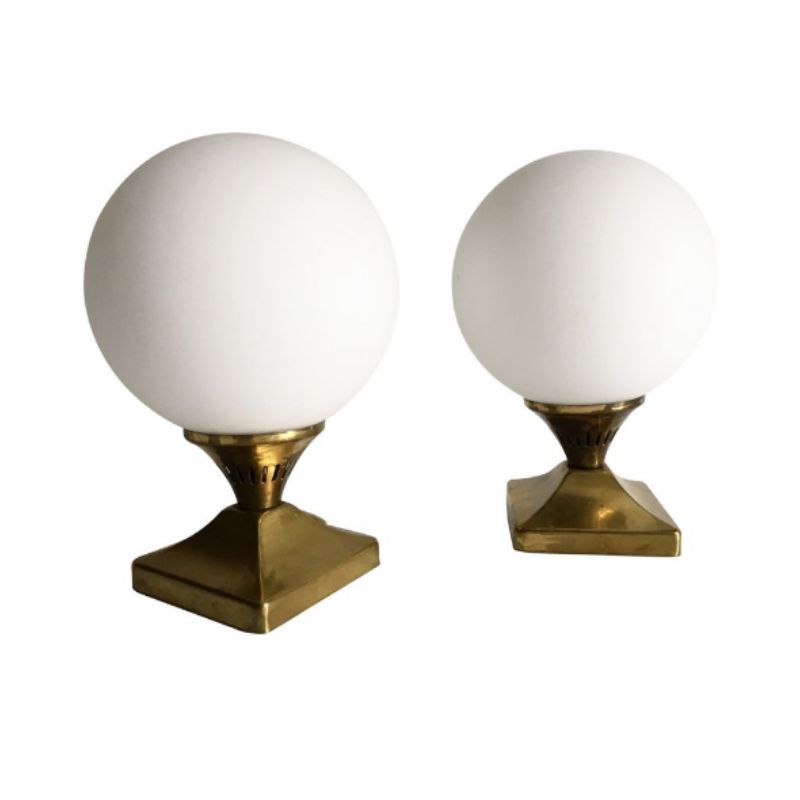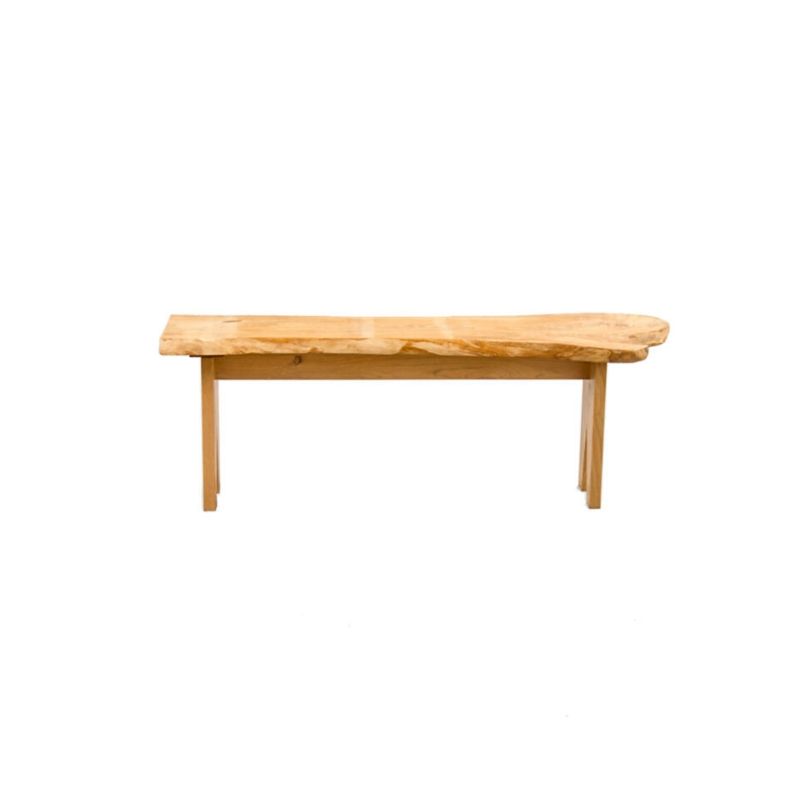I just finished reading a history of the Morgan car company of England. Morgan's are the old fashioned British sports cars still being made to this day (at least I believe so) with steel frames, wood subframes, long hood, short deck, veddy British. They look half way between a Jag XK120 and an MGTD. They ride like a buckboard and they are raw, raw, raw. But you can't help but like them, whether or not you would own one.
I got interested in the Morgan long ago, but since Koen has deftly maneuevered me into thinking philosophically about durability, well, I began looking around for concrete examples of durable designs and I recalled the Morgan sports cars.
The founder started building 3 wheelers (2 in front one in back) called autocycles around 1910, then added another rear wheel in 1935 and has built much the same car ever since. In 1956 they moved to the sloping radiator car that most are familiar with today, if they know anything at all about Morgans. Morgan tried a modern skin on the existing chassis in the 60s that looked great, but did not sell. Since they don't sink alot of costs in design, rather they just cobble up a new design in their shop with existing tech, they could afford the failure. So: they resumed the original. The last few years they've built another new model, this time with a retro Morgan skin and new under the skin car. Its okay, but too expensive and not nearly as loveable as the traditional Morgan.
So here is this incredibly long lived, but low volume and even lower tech artifact that has from its genesis nearly a century ago been neither fish nor fowl and yet has continually survived depressions, wars, the move to bigness, streamlining, fins, aero looks, high tech and even the retro trend of late, and kept finding a small, but loyal and devoted following. Whether you're driving a pre 50s flat radiator model or the post50s curve radiator model, you're still driving something quite similar to the three wheeler from 1910, and highly similar to what was commenced soon after WWII. Slight changes are constantly made, but not so much to keep up with current car tech but to keep the Morgan as much a viable Morgan as possible. Talk about durable--both in appeal and in worksmanship: most pieces can still be replaced. A huge percentage of the cars ever made still exist. People still think they are fun. They are still hand made. The body work is pounded into shape with hammers. The wood subframe is still bent to form. No, they are not hugely reliable unless you ooze care on them. But there is a market for them small though it is.
Build it, then draw it...and durability Pt 2
The design rule at Morgan was up until the 70s anyway this: build it, then draw it. Every new version or new variation they have made their craftsman have talked over and then built in the shop without plans! I mean I build primitive things in my workshop that way, but I never dreamed someone could build a car this way. After they get done with this free form "building", and have something they like, then they draw up exact plans of how to reproduce what they have made. When the historian/author looked at them in astonishment, one of the Morgan's chief "builders" said that that was nothing; that Sidney Camm of Hawker Aircraft once built three airplanes before doing any serious drawing!
I'm wondering if today whether there are any designers left who like to build before they draw? I get the feeling designers work in CAD first, then in prototypes, etc.
Perhaps something has been lost in the rush to drawing first. Perhaps designers really need to work with real materials to engage all their senses to their fullest, most desirable extent to make artifacts that are profoundly, durably lastingly human, no matter how eccentric they may be.
P.S.: regarding why all Morgan's have long hood and short deck styling, Peter Morgan the second generation in charge of Morgan in the 70s said that his father had told him that there just seemed to be something people liked about a long hood and a short deck year in and year out, regardless of the fads of the times, and so Morgan's should have that look so some people will always like them no matter what the current fashion was. Isn't that quite as profound as much of the market research generated by spending gazillions of dollars on focus groups and market research. Basically, Morgan's philosophy guarranties that there will always be enough buyers to buy a few cars, and so Morgan does not have to go massively into debt to bring out new models every few years, and so doesn't waste alot of societies resources on building a fun car. They already know what a fun car is. They don't reinvent the wheel, they just keep making it a little better.
Well, it's a
form of prototyping, I suppose -- modelling/sketching in full scale with parts able to actually perform their function "right out of the box" (or "right off the bench") ?
As a woodworker I can certainly appreciate this way of proceeding. (I'll have to find the names of the two successful studio furnituremakers I read about recently, one of whom works mostly without drawings, while the other invariably makes excellent working drawings first.)
If you have the tools and materials at hand, what better way of designing ? I will always believe that the craftsman makes (potentially) the best designer. . .
Another Example
I recently read that the head of design at Maserati (American I think) decided that their recent models, such as the engaging Quattroporte, were to be designed in the old way, with full-size models instead of computers.
As a result, the car feels much better. No more digital eyewash. But then, I just like most things Italian anyway.
Honestly SDR...
I would love to be able to make a decent contribution withim the format of this forum, but the shortest text I ever produced on the value of the artisan's methods and it's relevance for our time, was 35 pages long...
As such there is little value in building something and draw it afterwards, unless it is part of a learning process and the result of accumulated knowledge. For a craftsman working without a drawing is often the confirmation of both the self confidence of accumulated knowledge and the willingness to learn in the process. Learning from feedback given by the materials, the tools, testing, comments from collegues etc. To draw is to a large extend, to delegate. It is one of the reasons why it is rooted in architecture and not in engineering, and to delegate to yourself does not require any other communication than with yourself. Most crafts people do not see the need to draw nor to write to themselves. In design things are different. First of all, a larger number of design problems are rather new. It might be because they really are, or because the field that is covered by design is so wide that a particular problem is new to the designer. Just an exemple. The traditional maker of a saucepan in France or Italy would not need a drawing in order to make a suitable pan because he or she knows of a set of rules on how a pan should be made. A similar craftsperson in Germany would make a different pan because the traditions are different but he or she would not need a drawing either. The designer that is asked to make a new set of pans for Tefal probably does not even know about differences between the two traditions. Not because he or she is less capable, but because their previous project was a toaster, or a wireless mouse, or...etc. Morgan's artisans can build a Morgan car because they made Morgan cars their whole life. You ask them to make a chair and they would ask you for a drawing...
So, the difference in method is in part based on a substantial difference in the circumsatnces in which the product is made. There are nevertheless designers that are working much like craftspeople, building one model or prototype ater the other, testing it, changing and refining it.Konstantin Grcic is certainly one of them, but so are many others.
cont.
Another reason not to draw, not even to model on a computer are all thes small differences that you can not see on a screen. I have been cutting and sanding away on a series of plaster handles, none of them is very different from the other, and I would not be able to judge the differences between them on a computer screen. Yet I have to do it because the characteristic that I want to achieve...a self-evident shape...is impossible to generate on a screen. Even the choosen shape, laser-scanned and put on the screen, looks "designed" I do not want it to look "designed" so I have to use this time-consuming and sometimes dirty method to reach in three dimensions that what can not be produced in two, no matter how sophisticated the computer program is. I can not do it in modeling clay, or dense foam (not precise enough) or in wood (distracted by the grain)or metal(too slow)So it seems important to use the adequate modeling method.
Bothe Architecture and design have strong limitations in "modeling" With a few known exceptions (Mies van der Rohe's un-build house for the Kroller-Muller family in the Hague is one of them) buildings are not build to full scale just to see how it looks (In the Kroller-Muller house the client asked Van der Rohe to build a full size model on rails so that they could together decide what would be the best place to put it on the parcel of land) Desigenrs are often in a similar situation simply because some aspects of the design will only show up when a lot of peple are going to use it. Few architects go around the building site, changing things as they are build (their lawyers would probably keep them off site) yet Le Corbusier did, and many of his generation, and few designers are knowledgeable enough about the production processes to intervene even if they see a problem. It does not make the process of drawing first, building later more logical or natural...I think it is the opposite.
If you need any help, please contact us at – info@designaddict.com



